University Risk Management Project: Assessment Tools and Analysis
VerifiedAdded on 2022/08/15
|5
|676
|17
Homework Assignment
AI Summary
This assignment focuses on risk management, encompassing both a project and a discussion component. The project involves researching and analyzing three automated risk assessment tools, including AuditBoard, ZenGRC, and Essential ERM. The analysis covers their costs, features, advantages, and disadvantages. The discussion aspect explores health insurance, considering various options and costs based on associated risks. The student explores the tools, their functionality, and applicability within a risk management framework, while also reflecting on personal insurance choices and the factors influencing those decisions. The assignment demonstrates an understanding of risk assessment methodologies and their practical applications.
1 out of 5
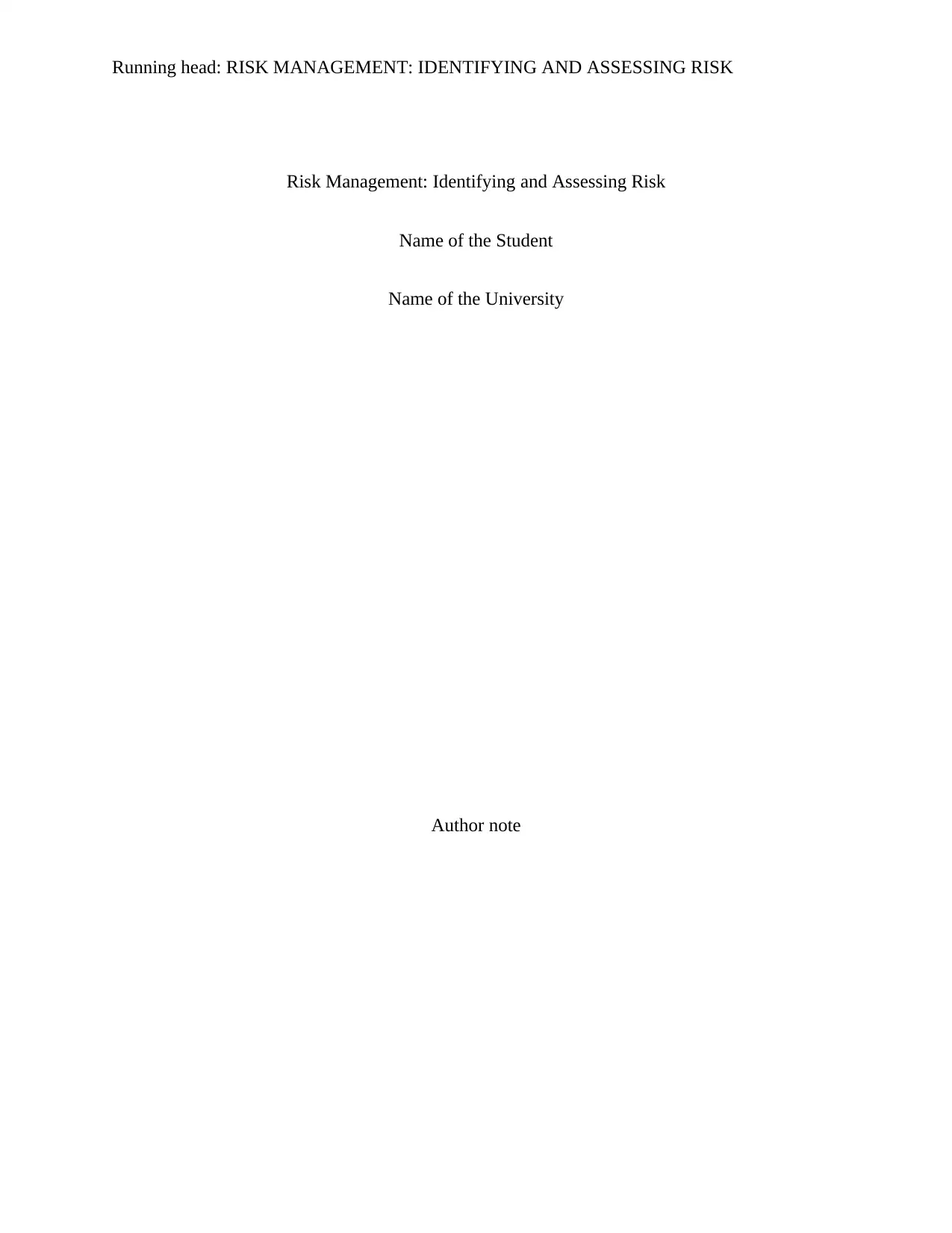
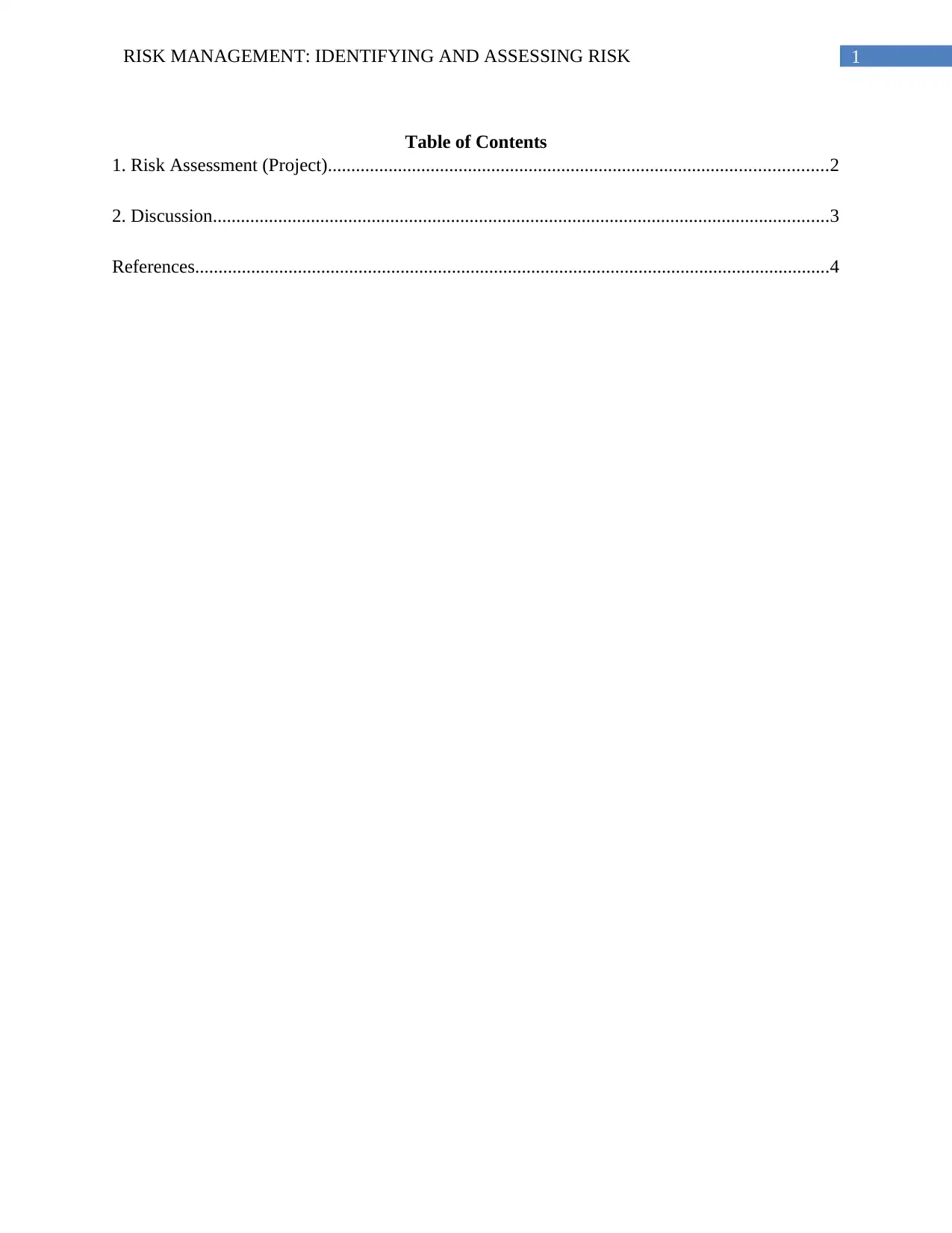
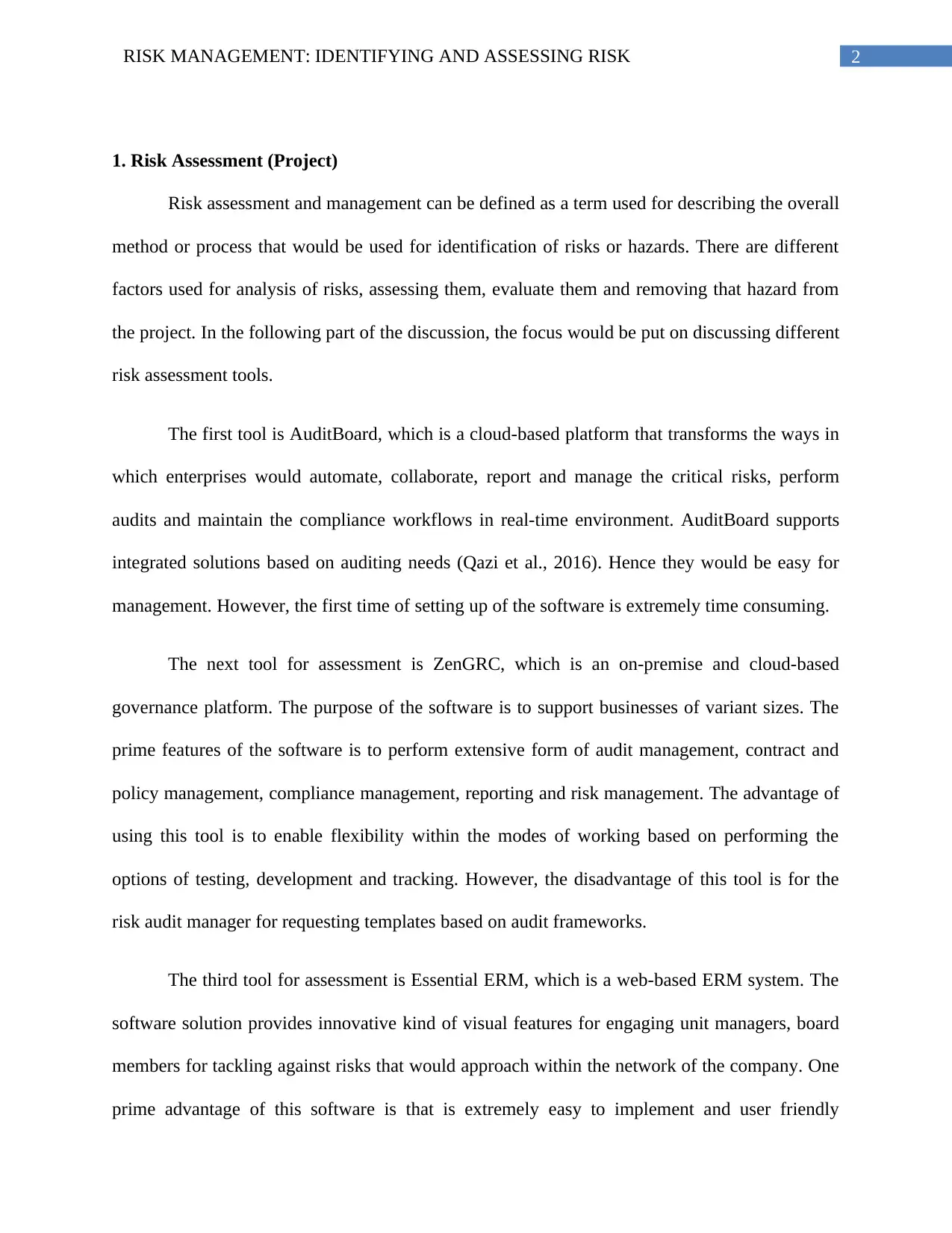

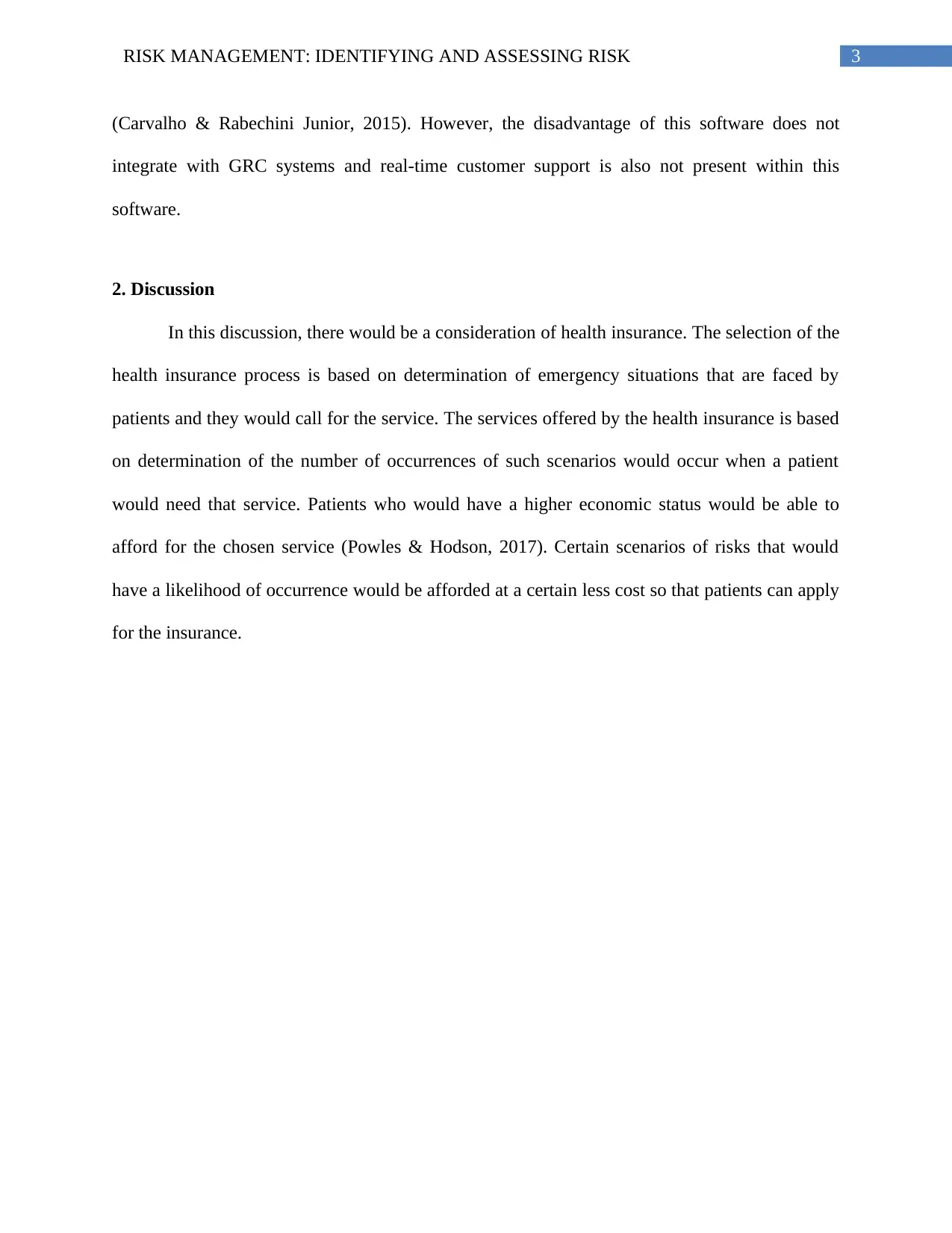
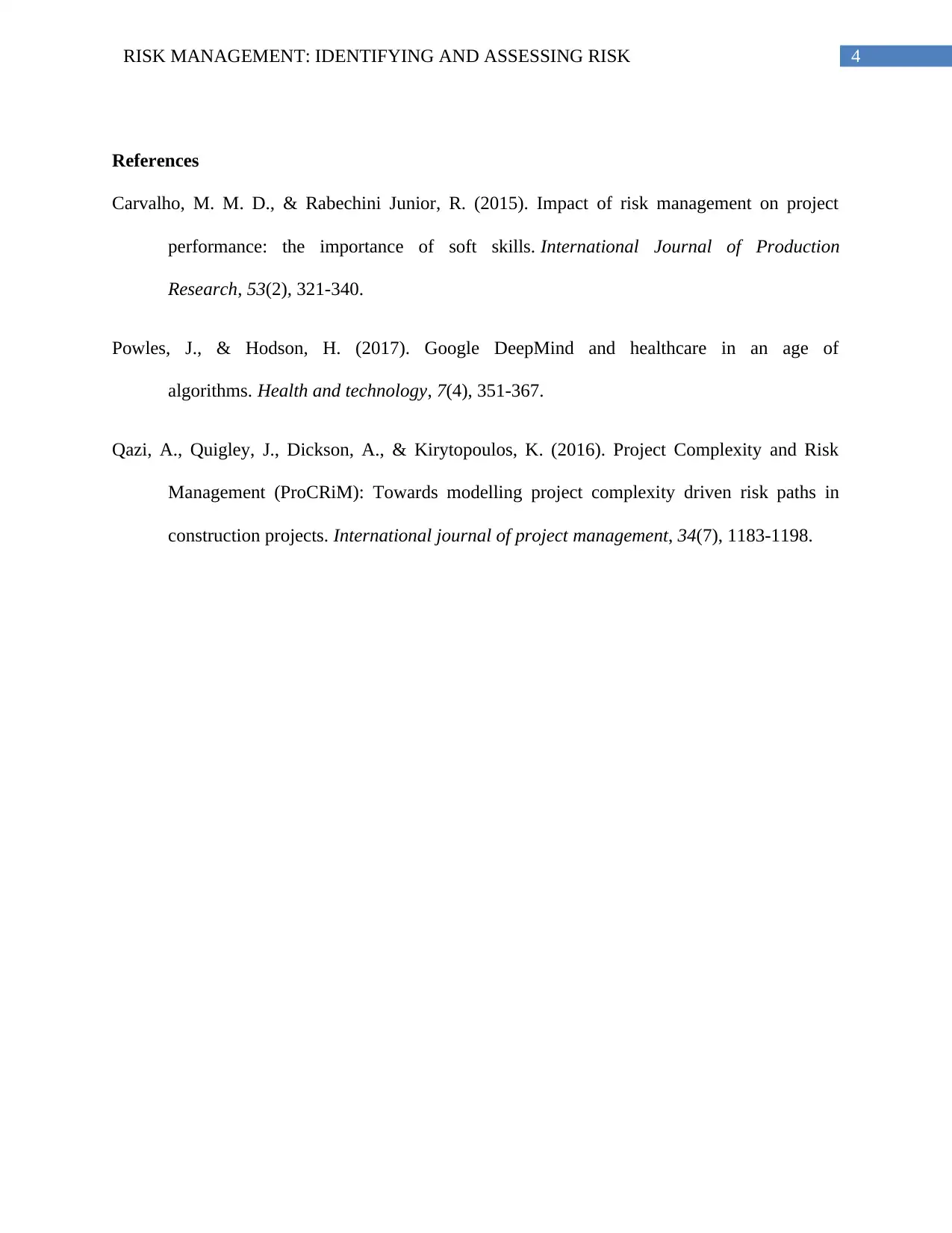



![[object Object]](/_next/static/media/star-bottom.7253800d.svg)